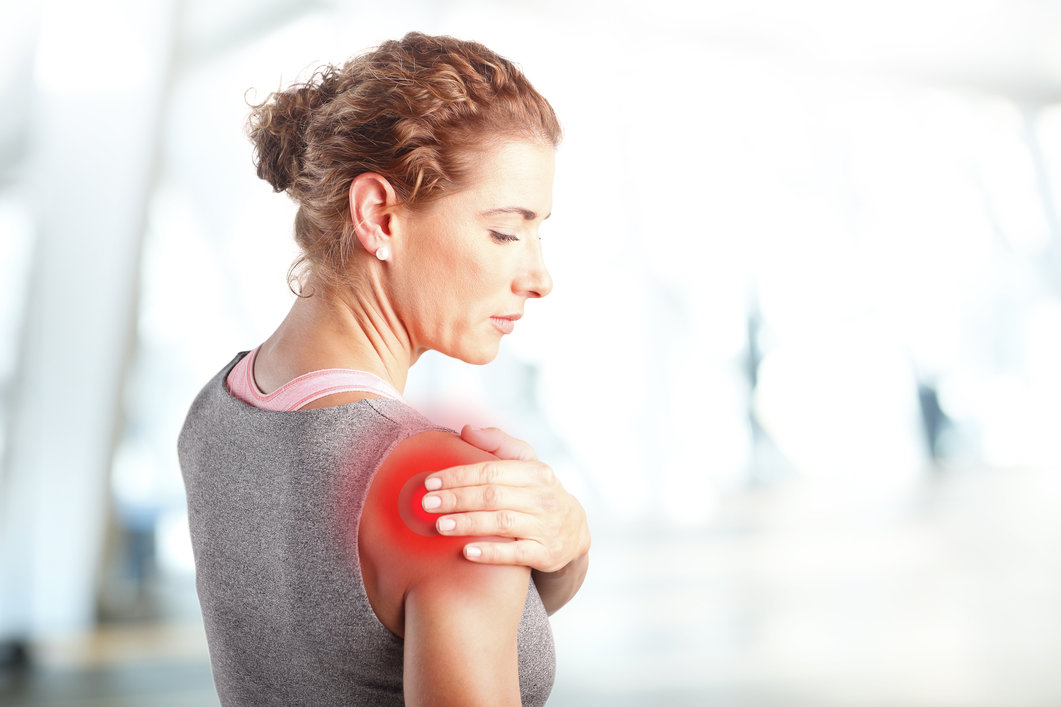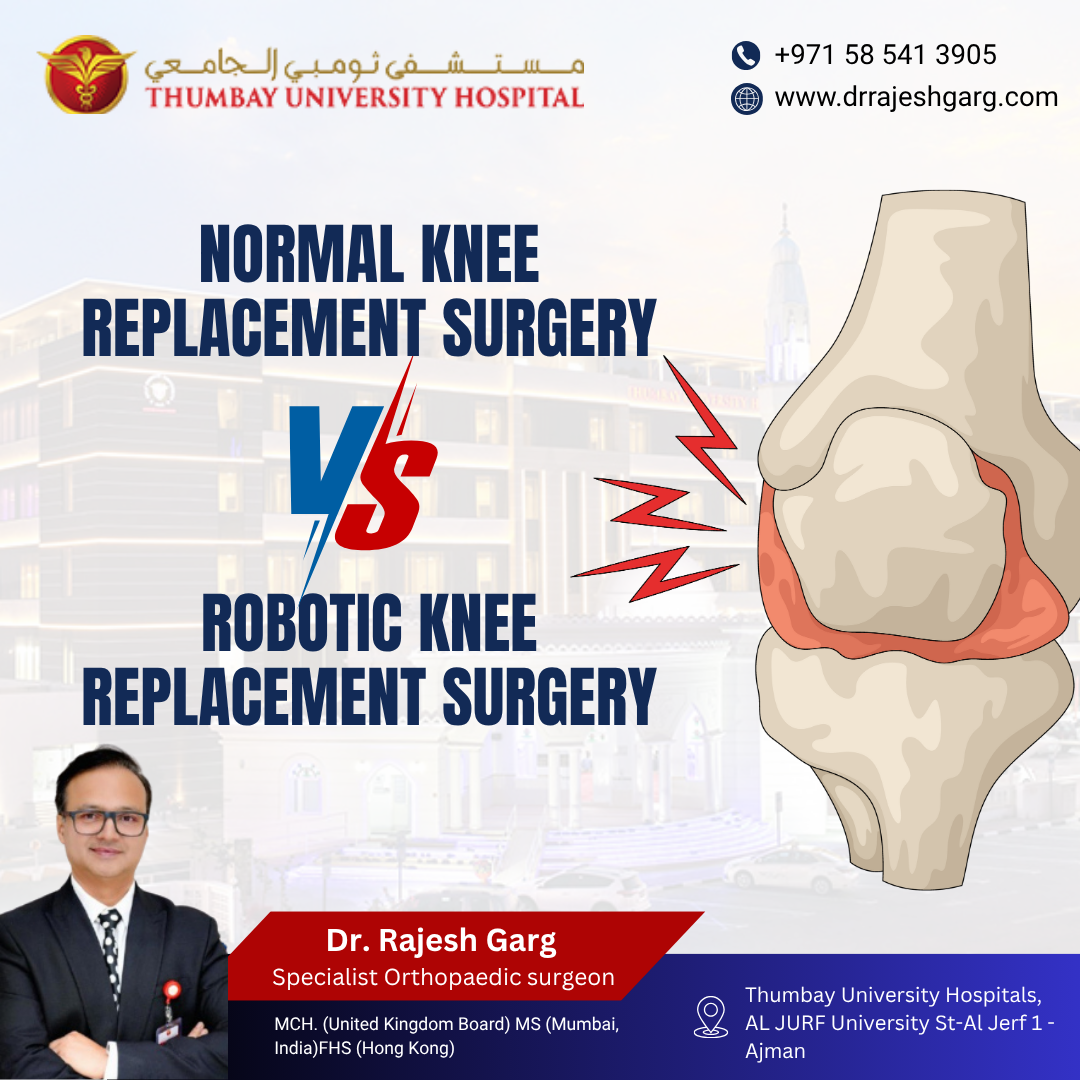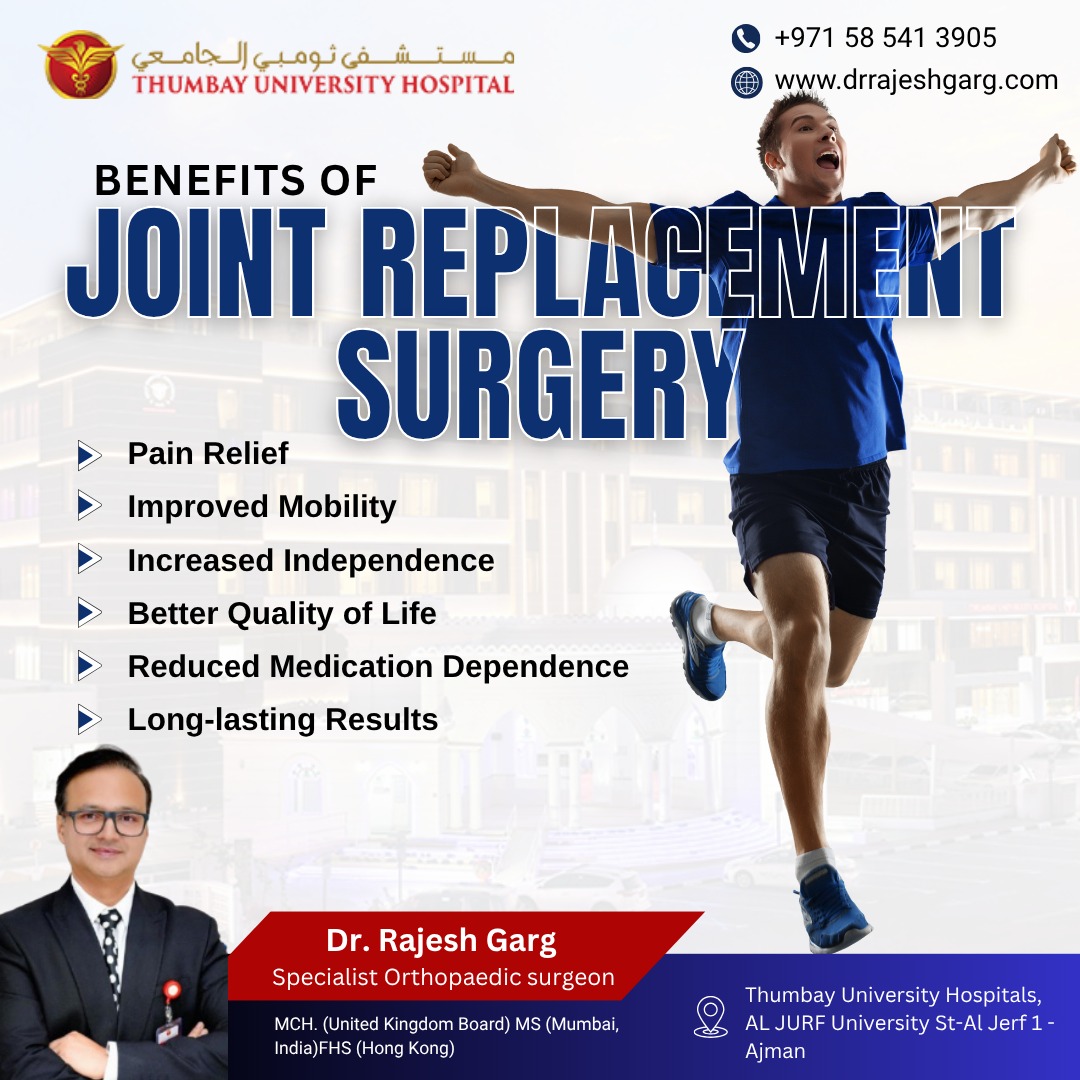How does rheumatoid arthritis (RA) affect the hip?
Rheumatoid arthritis (RA) is a chronic, progressive autoimmune disease that can affect the hip joint. It can cause pain, stiffness, and restricted movement in one or both hips.
A person may experience hip pain on both sides of the body.
How does RA affect the hip?
RA is a type of inflammatory arthritis, which occurs when an overactive immune system attacks healthy tissue in the body.
The hip joint consists of a ball and socket. The acetabulum, which is part of the pelvis bone, forms the socket. The femoral head, which is the top part of the thighbone, forms the ball.
A tissue called articular cartilage covers the surfaces of the ball and socket. This cartilage provides a smooth, slippery surface to allow the bones to move easily.
The hip joint also has a thin, protective covering called synovium. The synovium releases a lubricating fluid that allows better movement.
In people with RA, the synovium does not function properly. It becomes thicker and swollen and produces substances that attack the articular cartilage surrounding the hip joint.
RA usually affects smaller joints in the body to start with, such as in the hands and feet. As the condition progresses, it can spread to one or both hips.
Symptoms of RA in the hip include:
- pain, stiffness, or swelling in one or both hips
- pain that may feel worse in the morning or after periods of resting or sitting
- pain that may lessen with movement and increase with vigorous physical activity
- severe joint pain that causes limping or makes walking difficult
If you have unexplained hip pain or any other symptoms of RA. An early and accurate diagnosis can help in providing effective treatment for the condition.
Consult Orthopaedic specialist in Dubai , Dr Rajesh Garg.






